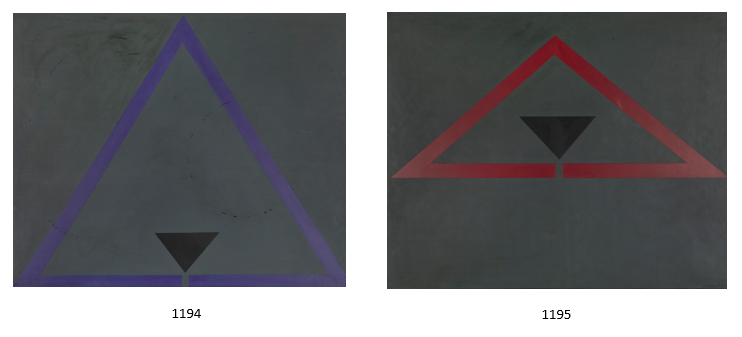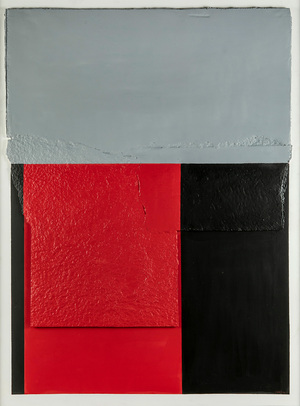Rafael Canogar VS Luis Feito

Luis Feito was the penultimate witness of the artistic legacy that the El Paso group gave us. With his recent loss, Rafael Canogar becomes the only living representative of a time when informalism transformed and renewed stagnant Spanish art to give birth to new ways of understanding and experimenting with artistic practice. Both artists share the limelight in our contemporary art auction of the next October 19
After being linked to the Bucholz and Fernando Fe art galleries in Madrid, young artists soon became aware of the need to travel to Paris to see first-hand the new trends that dominated the international art scene. The direct contact with the informalism of Dubuffet and Fautrier, as well as the approach to the American abstract expressionists, were undoubtedly the breeding ground under which the El Paso group was conceived and its staunch defense of a new creative freedom. United by the same spirit of transformation and renewal, Feito, Canogar, Saura and company proclaimed, as they left on record in their founding manifesto, the need to express “a new reality” from social and spiritual responsibility.
“We intend to present an authentic and free work and we fight for an art towards the salvation of individuality, within the sign of our time.” Manifesto “El Paso”
Despite being founding members of El Paso, Feito and Canogar independently developed their own plastic character, thus demonstrating their personal way of assimilating and reinterpreting the various influences that marked their creative corpus. The works that we present magnificently exemplify this creative independence, as well as the evolution that both experienced throughout their trajectories, subjecting his work to constant research and experimentation. In this way, while Feíto’s pair of works reflects the trend and geometric simplification that began in the 1970s, Canogar’s transfers that fragmentation and materiality that he imprinted on his works from the 2000s.
Luis Feito
The evolution of Luis Feito is one that takes place without major shocks and with the coherence and cohesion of those artists fully committed to the creative act. All his work addresses from the purest abstraction, the tensions and dualities between radically opposite concepts . Under this premise, the canvas becomes a space of confrontation, which gravitates between the structural balance and the dynamic tension that arises from the interaction of colors and shapes. “1195” reflects a key moment in Luis Feíto’s career when, from 1963, he began a increasingly slow and restrained expressive trend that leads him towards a growing formal and material purification. In the 1970s, the fullness of color and a trend towards geometrization, where the elements of the composition were simplified to the essentials, ended up being imposed.
Rafael Canogar
In recent decades, Canogar’s research has gone beyond the concept of painting to create a series of images that, like the one that concerns us here, is based on the manipulation of the support and the enhancement of the material. Canogar tears and fragments a material made of sheets of cellulose pulp, linen and binder, to later recompose each of the parts into a composition in which color, structure and matter predominate. The result is images of great plastic power with irregular contours and overlapping fragments like collages, which, According to Canogar himself, “they are the reflection of the destructive constructive opposition forces inherent to the human condition.”
We see in both cases how the game between opposites or opposites will be an imperishable idea throughout its entire trajectory, a fact that should not surprise us if we take into account that,
Both for them and for their fellow group members, the canvas became a true battlefield through which to break with the total slack in which Spanish art and society were plunged.







